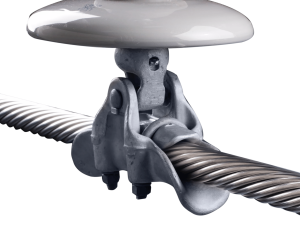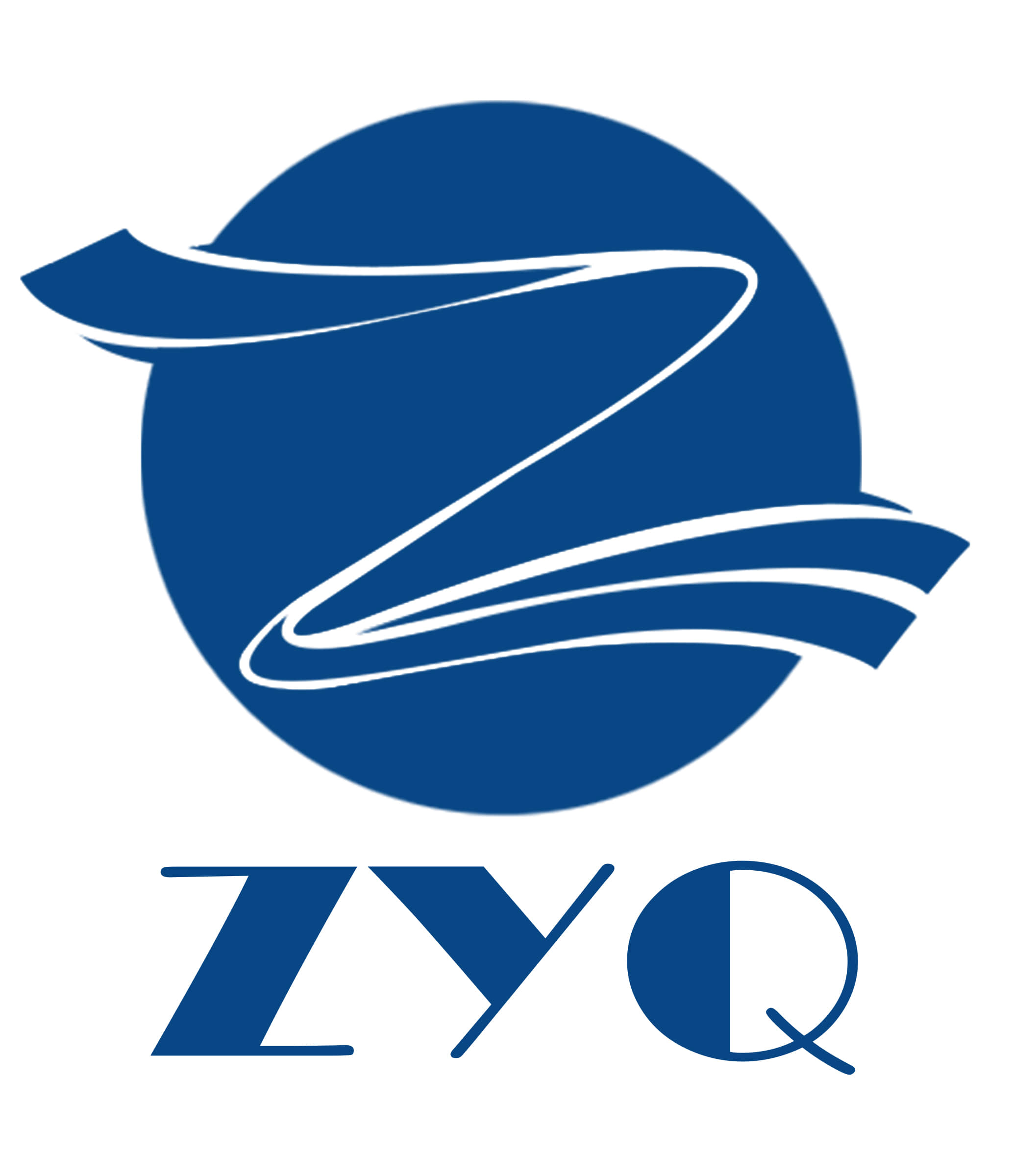Iron pole bracket braces are essential components in providing support and stability to various structures. Whether you are constructing a building, installing a street sign, or setting up a billboard, choosing the right bracket brace is crucial for ensuring the longevity and safety of your project. In this comprehensive guide, we will explore the different types of iron pole bracket braces available, their applications, and key factors to consider when selecting the perfect brace for your needs.
1. Understanding Iron Pole Bracket Braces Iron pole bracket braces are metal supports designed to reinforce and stabilize structures that rely on poles or posts. These braces are commonly used in construction, outdoor signage, and other applications where stability and durability are paramount. They are typically made from high-quality iron or steel, ensuring strength and resistance to environmental factors such as corrosion and extreme weather conditions.
2. Types of Iron Pole Bracket Braces There are several types of iron pole bracket braces available, each designed for specific applications. Understanding the different types will help you make an informed decision when selecting the right brace for your project.
2.1 Adjustable Iron Pole Bracket Braces Adjustable iron pole bracket braces are versatile and allow for easy installation and adjustment. They are ideal for applications where the angle or height of the structure may need to be modified. These braces often feature adjustable arms or brackets that can be extended or retracted to accommodate different pole sizes or angles.
2.2 Fixed Iron Pole Bracket Braces Fixed iron pole bracket braces are designed for applications where a fixed angle or position is required. These braces provide a secure and rigid support system, ensuring stability and preventing any movement or swaying of the structure. They are commonly used in applications such as street lighting, traffic signs, and flagpoles.
2.3 Corner Iron Pole Bracket Braces Corner iron pole bracket braces are specifically designed to provide support and reinforcement at corners or intersections of structures. These braces are essential for maintaining the structural integrity of buildings, fences, or any other structure that requires additional support at corners.
2.4 Tension Iron Pole Bracket Braces Tension iron pole bracket braces are used to provide additional support and stability to structures that are subjected to high wind loads or other external forces. These braces are designed to absorb and distribute the tension forces, preventing any potential damage or failure of the structure.
2.5 Specialty Iron Pole Bracket Braces In addition to the standard types mentioned above, there are also specialty iron pole bracket braces available for specific applications. These include braces designed for heavy-duty applications, such as supporting large billboards or overhead signs, as well as braces with unique features like anti-vibration properties or adjustable locking mechanisms.
3. Factors to Consider When Choosing an Iron Pole Bracket Brace Selecting the right iron pole bracket brace for your project requires careful consideration of various factors. Here are some key points to keep in mind:
3.1 Load Capacity One of the most critical factors to consider is the load capacity of the bracket brace. It is essential to determine the maximum load that the brace will need to support and choose a brace that exceeds this requirement to ensure safety and longevity.
3.2 Material and Durability The material of the bracket brace plays a significant role in its durability and resistance to environmental factors. Iron and steel are commonly used due to their strength and corrosion resistance. However, it is essential to consider factors such as exposure to moisture, extreme temperatures, or chemicals that may require additional protective coatings or materials.
3.3 Installation and Adjustability Consider the ease of installation and any adjustability features that may be required for your project. Adjustable braces offer flexibility and ease of installation, while fixed braces provide a more rigid and secure support system.
3.4 Aesthetics While functionality and durability are crucial, aesthetics should also be considered, especially for applications where the bracket brace is visible. Choose a brace that complements the overall design and appearance of the structure.










































-3-300x249.png)


